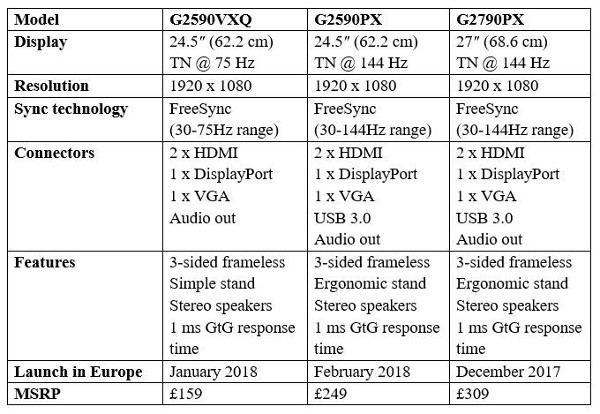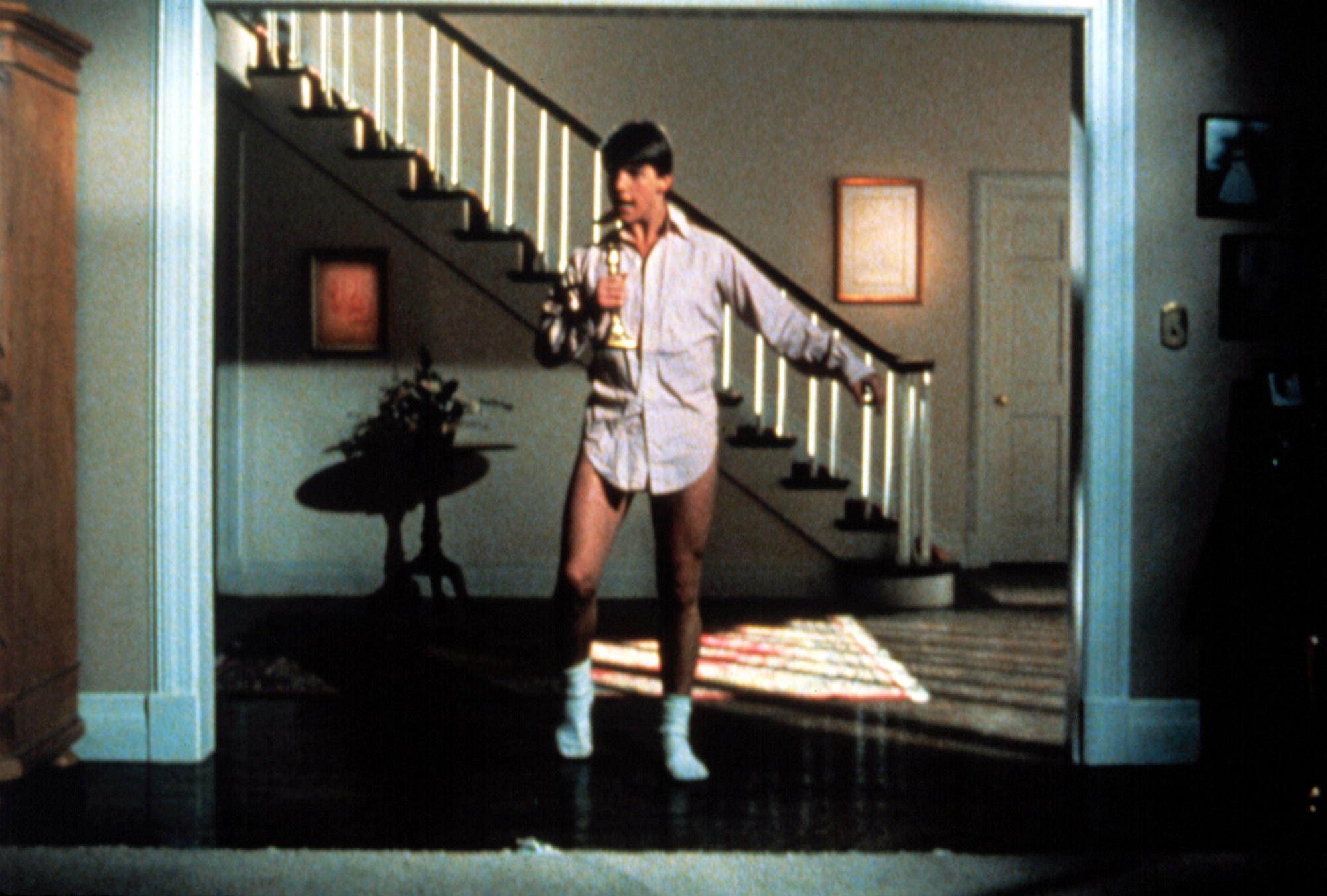Author: Le news di Hardware Upgrade
AOC introduce una nuova serie di monitor dedicati al settore gaming denominata G90, composta da tre modelli, tutti quanti basati sul medesimo design, differiscono tra di loro per caratteristiche tecniche e dimensioni del pannello: precisamente stiamo parlando delle versioni da 24,5″ G2590VXQ e G2590PX, e di quella da 27″ G2790PX.
Il design della serie ricalca quanto già visto su altri modelli AOC, la soluzione proposta è frameless su 3 lati ed il quarto, quello inferiore, messo in bella mostra da un profilo rosso accesso con il logo dell’azienda posto al centro; per quanto riguarda la parte hardware tutti i monitor presentati di basano su un pannello TN con rapporto 16: 9 e risoluzione 1920×1080 pixel, tempo di risposta pari a 1 ms e supporto alla tecnologia FreeSync di AMD.

Le differenze, oltre che per le dimensioni, si concentrano sulla frequenza di funzionamento: per le due versioni da 24,5″, il modello G2590VXQ lavora a 75 Hz mentre il G2590PX raggiunge quota 144 Hz; per quanto riguarda invece il modello da 27″, rappresentando un po’ il top di gamma della serie, è disponibile esclusivamente con frequenza pari a 144 Hz.
Solo i modelli G2590PX e G2790PX sono dotati di un supporto ergonomico che può essere regolato in altezza, ruotato ed inclinato per una ottimale configurazione della propria postazione di gioco ed inoltre dispongono anche di un hub USB 3.0 integrato.

Per quanto riguarda il comparto connettori, in tutti e tre i casi, troviamo una configurazione composta da una porta DisplayPort, due HDMI, una VGA e connettore audio per poter utilizzare gli altoparlanti stereo integrati in ciascun monitor; tutti i nuovi modelli della serie G90 inoltre integrano le tecnologie proprietarie AOC Low Input Lag Mode, Shadow Control, Flicker Free e Low Blue Light Mode.
Nel seguito una tebella riepilogativa per caratteristiche tecniche, prezzi e disponibilità.

L’AOC G2790PX sarà disponibile già nel corso di questo mese al prezzo di 349 €, la versione G2590VXQ invece sarà lanciata sul mercato agli inizi del mese di Gennaio a 179€, e per poter acquistare il G2590PX si parla invece di Febbraio al prezzo di 279 €.






